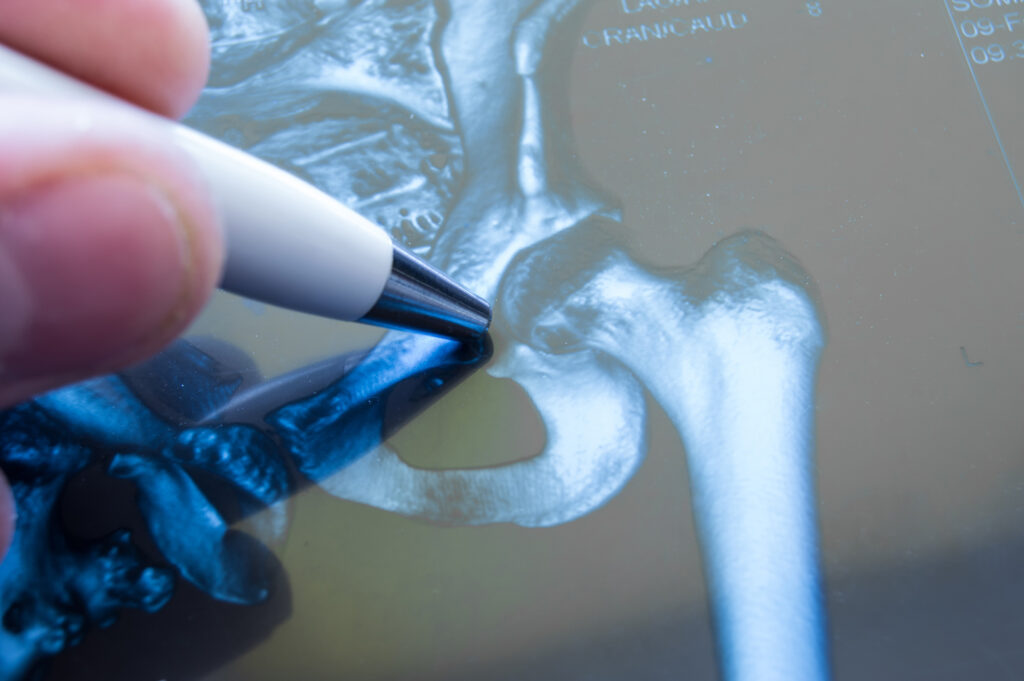Hip Resurfacing Evaluation
We revealed the long-term impact of hip resurfacing arthroplasty, a bone-sparing surgical procedure.

Challenge
In the early 2000s, hip resurfacing arthroplasty emerged as an alternative to total hip arthroplasty. On the international scene, it was in wide use. In Alberta, the procedure was selected for younger and more active patients despite differences in opinion amongst clinicians on the benefits over total hip arthroplasty. International evidence on hip resurfacing arthroplasty was anecdotal and limited, coming mainly from the United Kingdom. In Canada, little evidence existed on the risks, benefits, or cost-effectiveness.
Problems to Solve
- The knowledge gap for revision rates, long-term safety, costs, and patient functional improvements
- Supporting evidence-based guidelines
Approach
The aim was to provide Alberta-specific evidence for decision-makers and clinicians on alternative hip bearing devices. We began working with health administrators and surgeons in 2004 to develop the Alberta Hip Improvement Project (HIP). HIP was designed to prospectively follow patients with hip resurfacing arthroplasty and total hip arthroplasty for 10 years from their date of surgery to determine whether hip resurfacing arthroplasty is an appropriate choice for select patients. We designed a registry for tracking patient status and survey responses. A rigorous safety review was conducted by a third-party safety committee. We performed an interim critical analysis of the registry data collected between 2004 and 2009. Each participant received mailed surveys over the course of 10 years after their surgery.
Tangible Outputs
- Registry on hip resurfacing arthroplasty
- Research publications
Results
Without the safety and effectiveness information collected by HIP, the status of hip resurfacing arthroplasty recipients in Alberta would be unknown. HIP results over the five-year period from 2004 to 2009 suggest hip resurfacing arthroplasty is an appropriate choice for young, more active patients with healthy bones. Older female patients, in particular, are much less likely to benefit. Recommended practice guidelines regarding appropriate patient population remain.. The 10-year findings show that patients feel the greatest improvements, mostly in bodily pain, around 3-months and 1-year after surgery. Revision rates were slightly greater for women compared to men around 5-years and 10-years following surgery, but were relatively low overall.


